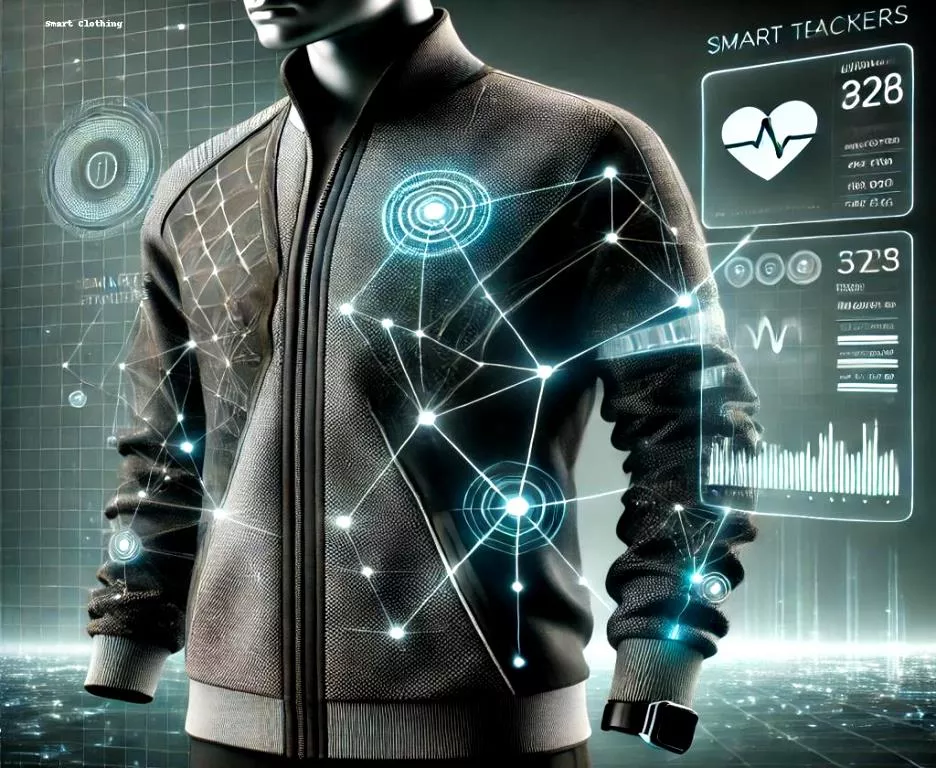The rise of wearable technology represents a significant shift in how we interact with gadgets, blending convenience, functionality, and health consciousness into one seamless experience. Let’s explore how wearable technology has become an essential part of modern living.
The Evolution of Wearable Devices
Wearable technology has a long history that predates the modern devices we know today. In the 1970s, early examples such as calculator watches paved the way for tech you could wear. However, it wasn’t until the 21st century, with the advent of smartphones and advanced sensors, that wearable technology began to take off.
Today, wearables include devices like smartwatches, fitness trackers, smart glasses, and even clothing with embedded sensors. These devices are designed to sync with smartphones or operate independently, providing real-time data on everything from heart rate and sleep patterns to notifications for emails and calls.
Health and Fitness: The Leading Sector
The health and fitness industry has been the primary driver of wearable technology adoption. Fitness trackers such as Fitbit, Garmin, and Apple Watch have become essential for athletes and health-conscious individuals alike. These devices monitor physical activity, track steps, count calories, and measure heart rates, making it easier for users to stay on top of their health goals.
More advanced models are capable of providing insights into sleep quality, stress levels, and even blood oxygen saturation, playing a critical role in preventative health. The ability to monitor heart conditions, blood pressure, and other vital signs in real-time has allowed wearables to serve as early detection tools for health issues, potentially saving lives.
Smartwatches: Beyond Just Timekeeping
While fitness trackers dominate the health sector, smartwatches have made significant strides in productivity, communication, and even fashion. The Apple Watch, Samsung Galaxy Watch, and other devices have gone beyond mere step counters. With features like voice calls, text messaging, mobile payments, and app notifications, smartwatches have integrated themselves into everyday life.
Apple’s introduction of ECG (electrocardiogram) monitoring and fall detection in their smartwatches further showcases how wearable technology has moved into serious health monitoring. These advancements are changing the way we think about personal healthcare and well-being, as they allow continuous monitoring without the need for invasive procedures or frequent doctor's visits.
Augmented Reality (AR) and Smart Glasses
Wearable technology isn’t limited to fitness trackers and smartwatches. AR glasses, such as Google Glass and Microsoft’s HoloLens, are leading the way in immersive experiences that blend the digital world with reality. Although the consumer market for smart glasses has not yet reached its full potential, they are increasingly being used in industries like healthcare, manufacturing, and education to enhance training, real-time communication, and hands-on learning.
For example, smart glasses equipped with AR technology can overlay critical data during surgeries, allowing surgeons to make more informed decisions. In education, these glasses provide interactive learning experiences, making abstract concepts easier to understand through visual simulation.

Fashion Meets Technology: Smart Clothing
A relatively new trend within wearable technology is the emergence of smart clothing. Garments with embedded sensors can track body temperature, posture, and even biometric data during exercise. Companies like Under Armour and Nike are incorporating smart fabrics into their athletic wear, which connects to smartphones to provide personalized fitness insights.
This fusion of fashion and technology is not just limited to sportswear. Designers are now experimenting with garments that can change color, light up, or adjust to different climates. Smart clothing is expected to play a significant role in the future of both fashion and functionality.
The Future of Wearable Technology
As the technology becomes more advanced, wearable devices will likely continue to expand in both scope and capability. The integration of artificial intelligence (AI) is already beginning to make wearables smarter, enabling them to provide personalized health advice, suggest workouts, and even predict potential health risks before they manifest.
In the workplace, wearables are becoming tools for increasing productivity. Companies are experimenting with devices that can monitor employee well-being, track tasks, and streamline workflow management. In addition, wearable technology is also becoming more accessible, with devices being made lighter, more comfortable, and more affordable.
Conclusion
Wearable technology has come a long way from simple step counters to multifunctional gadgets that can impact nearly every aspect of our lives. With its roots in health and fitness, wearables are now expanding into productivity, augmented reality, fashion, and more. As we look to the future, the rise of wearable technology promises to continue transforming the way we live, work, and interact with the world around us.
Whether it’s improving health outcomes, enhancing productivity, or merging fashion with function, wearable technology is undeniably a key part of the digital revolution. As it becomes more integrated into everyday life, wearables will likely play an even more significant role in shaping the future of personal technology .
